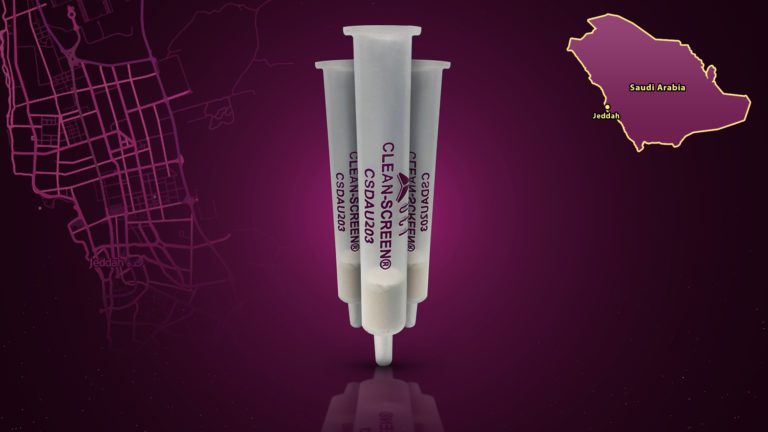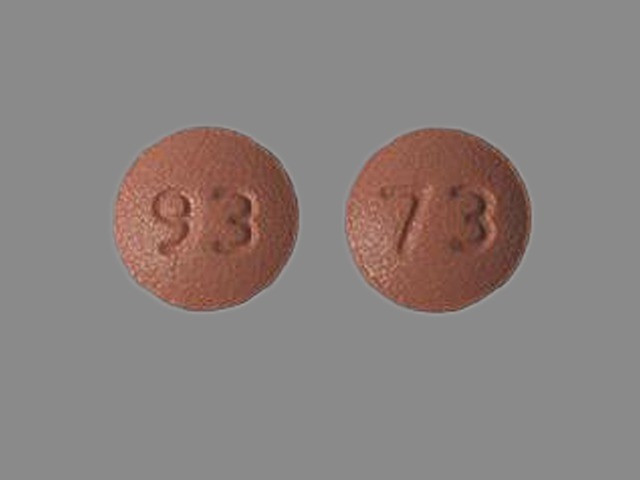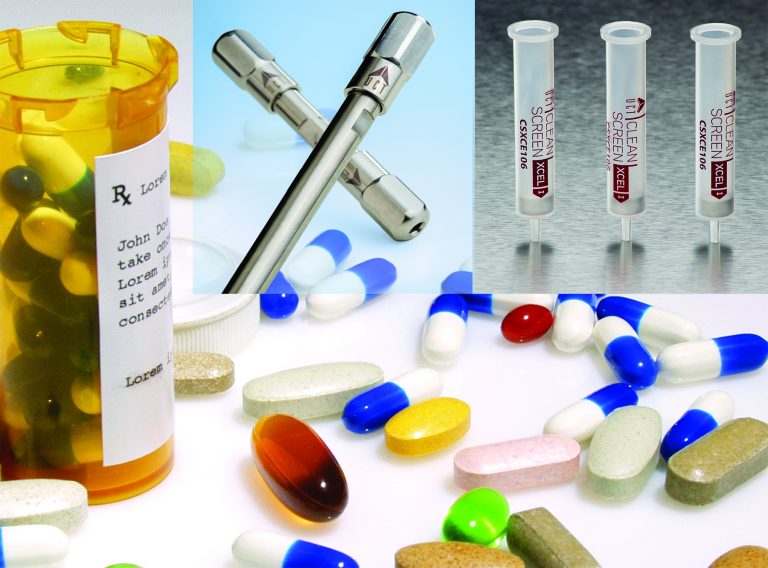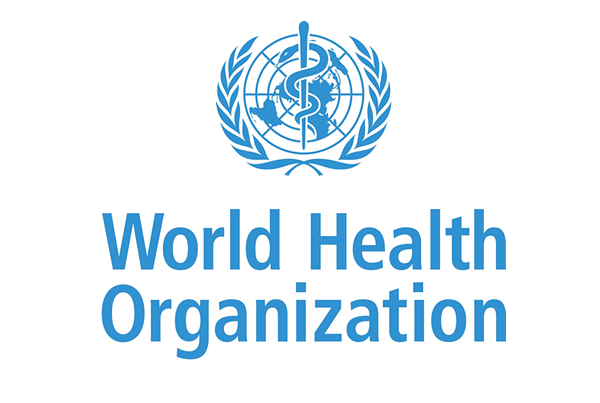UCT QuEChERS Kits Cited in the Analysis of Asian Style Sauces
UCT is known around the world as the first company to commercialize the QuEChERS ((Quick, Easy, Cheap, Effective, Rugged, and Safe) approach and is proud to support facilities involved in food safety testing using this technique. In a new paper published in Journal of Agricultural and Food Chemistry (DOI: 10.1021/acs.jafc.6b05051) by S. Genualdi et al., (U.S. Food and Drug Administration, Maryland, USA) the simultaneous analysis of 3- monochloropropane-1,2-diol (3-MCPD) and 1,3 dichloropropane-2-ol (1,3-DCP) was executed in asian style sauces. In this report UCT’s extraction mylar pouches (AOAC Blend) which include 6 g MgSO4 with 1.5 g of sodium acetate and dSPE clean-up pouches containing 400 mg of PSA and 400 mg of C18 were employed to perform the QuEChERS extraction prior to analysis of 3-MCPD and 1,3-DCP.
It is known that acid hydrolyzed vegetable protein (aHVP) is used for flavoring a wide variety of foods and also in the production of non-fermented soy sauce. During the production of aHVP, chloropropanols including 3-MCPD and1,3-DCP can be formed through the reaction of the hydrochloric acid catalyst and residual fat and the reaction of 3-MCPD with acetic acid, respectively. 3-MCPD is a carcinogen and 1,3-DCP has been classified as a genotoxic carcinogen. The European Union (EU) has set a maximum concentration of 0.02 mg/kg of 3-MCPD in aHVP, and the Food and Drug Administration (FDA) set a guidance limit of 1 mg/kg of 3-MCPD in aHVP. 1,3-DCP is not an approved food additive and the Joint FAO/WHO Expert Committee on Food Additives (JEFCA) has set a limit at 0.005 mg/kg which is close to the estimated method detection limit. Currently there are few analytical methods for the simultaneous determination of 3-MCPD and 1,3-DCP without derivatization due to differences in their physical chemical properties and reactivity.
The obtained results were compared between the new QuEChERS method and a previous method using phenylboronic acid (PBA) as a derivatizing agent for 3-MCPD analysis. The concentrations of 3-MCPD detected in soy sauce samples previously collected were found to range from less than the limit of detection (LOD) to 0.53 mg/Kg when compared to samples analyzed in 2003 which ranged <LOD to 876 mg/Kg indicate that manufacturing controls currently in use during aHVP production have been effective at reducing 3-MCPD below current regulatory limits. For more information regarding QuEChERS kits, sorbents, applications and methods please browse our QuEChERS product page






